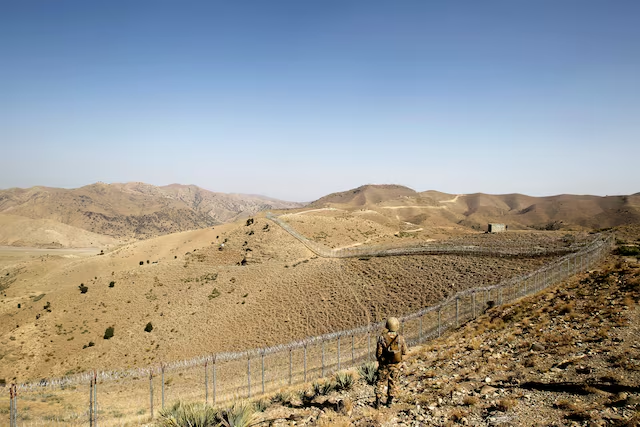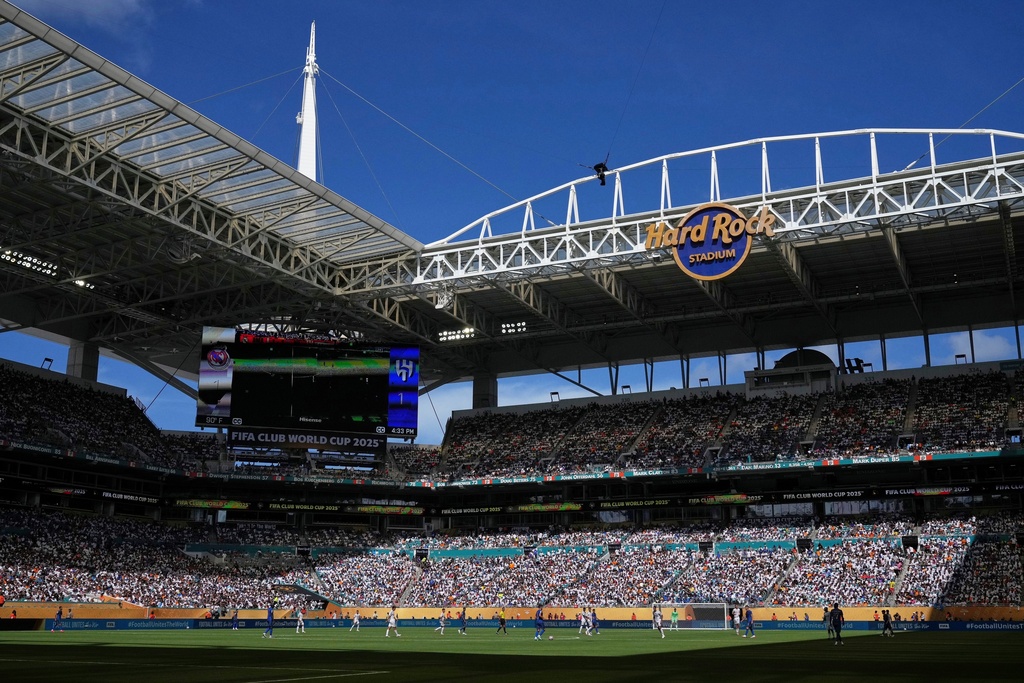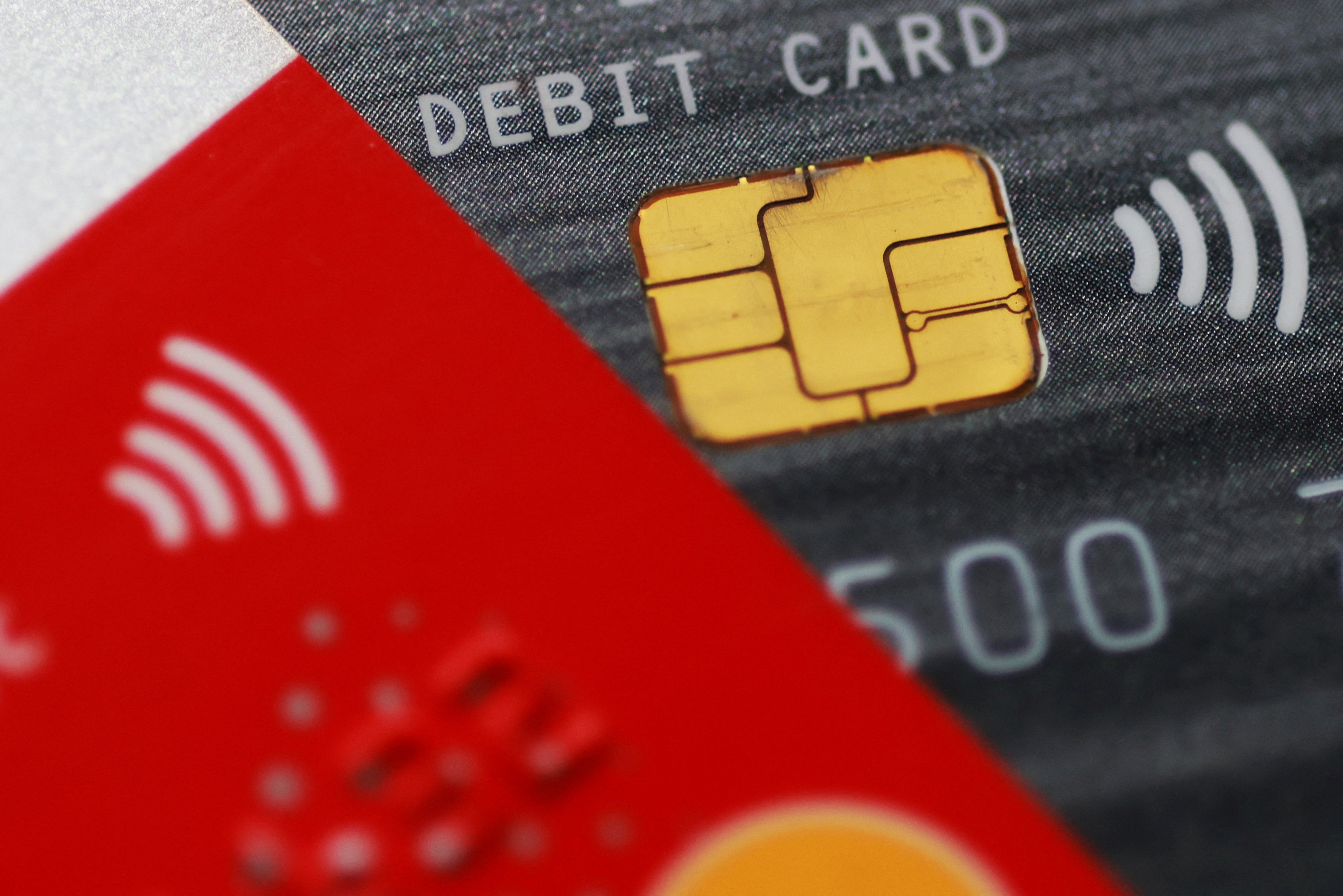If you're a regular online shopper, you know the annoyance of hearing "card not accepted" right before you pay. Even worse is being told, "You can transfer online." Navigating banking apps and entering merchant details can feel clumsy and frustrating.
After recently returning to Pakistan, I decided to tackle this issue. To get more insight, I interviewed Pakistan’s Minister of State for Finance and Railways, Bilal Azhar Kiyani, on my podcast, "Chatroom with Shizza." Our goal was to explore Pakistan's digital transformation plans.
The vision of a cashless Pakistan
A cashless future isn't just a dream; it's becoming a reality.
Kiyani said the "Cashless Pakistan" initiative is more than just government talk. It is a top priority for the Prime Minister, who meets biweekly with the Cashless Economy Steering Committee. The stakes are high: increased transparency, improved efficiency, and an alarming ₨18 billion ($63.8 million) lost each year in payment processing.
A unified effort: Government, telecom, and banks
One of the most promising aspects of this transformation is the cooperation among key players. Major telecom companies like Jazz and Easypaisa, along with the Pakistan Banks Association, are now working together.
Kiyani described the effort as a comprehensive movement, merging both government and private sector goals.
The strategy is built on three main pillars, each led by a government organization. The State Bank of Pakistan aims to increase the number of merchants accepting digital payments from 500,000 to 2 million. They also want to grow digital banking users from 95 million to 120 million and double annual digital transactions from 7.5 billion to 15 billion by June 2026.
Economic transparency and tax reform
This transformation isn't just about technology. For instance, the Benazir Income Support Programme (BISP) is the largest social safety net in the country. Previously, it relied on cash payments, which led to issues like middlemen and mistakes. Now, 10 million beneficiaries are receiving e-wallets, making digital banking more accessible.
"This isn't just about technology," Kiyani said, "It's about education." The new Pakistan Digital Authority will oversee digital payments and promote financial literacy across the country.
Tax reform is also critical. Pakistan's tax-to-GDP ratio improved from 8.2% to 10.6% last fiscal year. Digital transactions can help with better economic documentation and fairer tax distribution. "Digital payments increase transparency," Kiyani said. "They reduce wrongdoing and lessen our reliance on human resources."
Expected timeline
The government has set an ambitious timeline. By the end of 2026, all payments involving federal, provincial, and state-owned enterprises will be digitized. They plan to subsidize QR-based payment systems for small merchants and encourage digital payment adoption through lower processing fees.
When I asked Kiyani if this effort might be too late, he remained positive. "The pace has been organic," he said. "But the ecosystem is maturing. The Prime Minister has set clear targets."
The road ahead
After the interview, I felt hopeful. The combination of improved infrastructure, political will, and private-sector cooperation appears stronger this time. Success will depend on effective implementation, education, and convincing everyday vendors that digital payments are not just feasible but preferable.
As someone who prefers scanning to fumbling with cash, I’ll be watching this digital revolution closely. Until then, I’ll continue with manual transfers—and some grumbling.
Catch the full episode of "Chatroom with Shizza" on our YouTube channel.
Latest News
Pakistani delegation not in Doha, will depart tomorrow: security sources
8 MINUTES AGO

Yamal returns from injury ahead of Barcelona’s crucial Madrid clash
2 HOURS AGO

Pakistan condemns Afghan border violations, rejects Taliban allegations of aggression
3 HOURS AGO

Barcelona coach and his players are 'not happy' with Miami match
3 HOURS AGO

Cashless Pakistan: A nation's ambitious leap toward transparency
3 HOURS AGO

